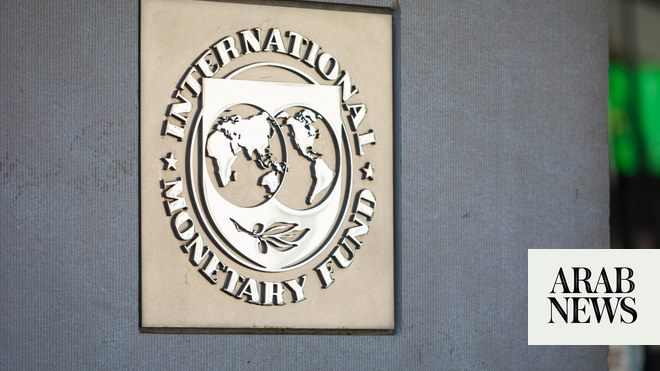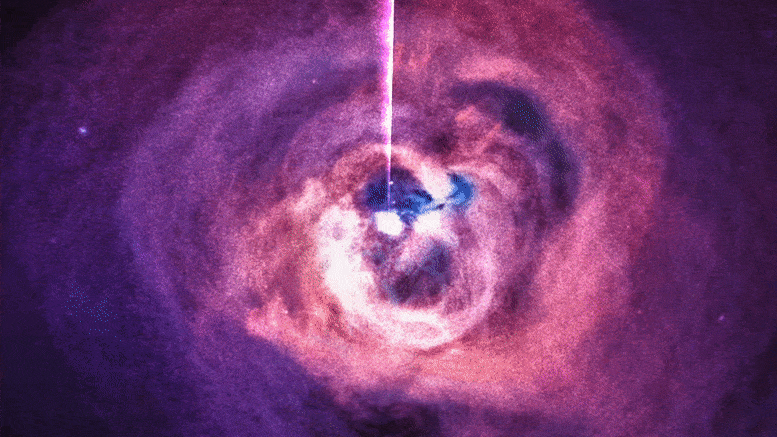هذا مشهد كاسيني من مدار زحل في 2 يناير 2010. في هذه الصورة ، يتم سطوع الحلقات الموجودة على الجانب الليلي من الكوكب بشكل ملحوظ لتكشف عن معالمها بشكل أكثر وضوحًا. خلال النهار ، تضيء الحلقات بأشعة الشمس المباشرة والضوء المنعكس من قمم سحابة زحل. منظر الألوان الطبيعي هذا هو مركب من الصور الملتقطة في الضوء المرئي بواسطة الكاميرا ذات الزاوية الضيقة للمركبة الفضائية كاسيني ، على بعد 1.4 مليون ميل (2.3 مليون كيلومتر) تقريبًا من زحل. أكملت المركبة الفضائية كاسيني مهمتها في 15 سبتمبر 2017. الائتمان: ASA / JPL-Caltech / معهد علوم الفضاء
Cassini mission data suggests that Saturn’s rings are young, possibly only a few hundred million years old, and could disappear in a similar timescale. The rings’ mass, purity, and debris accumulation rates indicate their relatively young age and short lifespan. Two studies show that the rings formed relatively recently and are rapidly losing mass, while a third predicts their disappearance within the next few hundred million years.
While no human could ever have seen Saturn without its rings, in the time of the dinosaurs, the planet may not yet have acquired its iconic accessories – and future Earth dwellers may again know a world without them.
Three recent studies by scientists at NASA’s Ames Research Center in California’s Silicon Valley examine data from NASA’s Cassini mission and provide evidence that Saturn’s rings are both young and ephemeral – in astronomical terms, of course.
The new research looks at the mass of the rings, their “purity,” how quickly incoming debris is added, and how that influences the way the rings change over time. Put those elements together, and one can get a better idea of how long they’ve been around and the time they’ve got left.

Although all four giant planets have ring systems, Saturn’s is by far the most massive and impressive. Scientists are trying to understand why by studying how the rings have formed and how they have evolved over time. Three recent studies by NASA researchers and their partners provide evidence that the rings are a relatively recent addition to Saturn and that they may last only another few hundred million years. Credit: NASA/JPL-Caltech/Space Science Institute
The rings are almost entirely pure ice. Less than a few percent of their mass is non-icy “pollution” coming from micrometeoroids, such as asteroid fragments smaller than a grain of sand. These constantly collide with the ring particles and contribute debris to the material circling the planet. The rings’ age has been hard to pin down, because scientists hadn’t yet quantified this bombardment in order to calculate how long it must have been going on.
Now, one of the three new studies[1] إنه يعطي فكرة أفضل عن معدل التدفق الكلي للمواد غير الجليدية ، وبالتالي ، إلى أي مدى يجب أن تكون “ملوثة” منذ تشكل الحلقات. يشير البحث ، الذي قادته جامعة كولورادو في بولدر ، إلى أن النيازك الدقيقة لم تأت بالسرعة التي كان يعتقدها العلماء ، مما يضيف إلى الدليل على أن الحلقات لا يمكن أن تكونت بسبب عواصف البَرَد الكونية قبل أكثر من بضع مئات الملايين من السنين التي سحبت. المواد بشكل أكثر فاعلية في حلقات جاذبية زحل – 4.6 مليار سنة بين زحل والنظام الشمسي ، جزء صغير من السنة.
ورقة ثانية تدعم هذا الاستنتاج ،[2] بقيادة جامعة إنديانا ، تأخذ زاوية مختلفة في الضرب المستمر للحلقات بواسطة صخور فضائية صغيرة. حدد مؤلفو الدراسة قضيتين تم إهمالهما إلى حد كبير في البحث. على وجه التحديد ، نظروا في الفيزياء التي تحكم التطور طويل المدى للحلقات ، ووجدوا أن عنصرين مهمين هما القصف بالميكروميترويد والطريقة التي يتم بها توزيع الحطام من تلك الاصطدامات داخل الحلقات. بالنظر إلى هذه العوامل ، قد تكون الحلقات قد وصلت إلى كتلتها الحالية في بضع مئات من ملايين السنين. تشير النتائج أيضًا إلى أنه نظرًا لكونها صغيرة جدًا ، فمن المرجح أنها تشكلت عندما دمرت قوى الجاذبية غير المستقرة في نظام زحل بعضًا من أقماره الجليدية.
قال جيف جوزي ، الباحث في أميس والمؤلف المشارك لإحدى أحدث الأوراق البحثية ، “إن فكرة أن الحلقات الرئيسية لزحل قد تكون سمة حديثة لنظامنا الشمسي كانت مثيرة للجدل” ، لكن نتائجنا الجديدة تجعل ثلاثية كاسيني قياسات صعبة لاستبعاد هذه النتيجة “. عمل Guzzi أيضًا كعالم وسيط في مهمة Cassini إلى حلقات زحل.
ربما كان زحل موجودًا لأكثر من 4 مليارات سنة قبل أن يتخذ شكله الحالي. لكن إلى متى يمكننا الاعتماد على ارتداء الخواتم الجميلة التي نعرفها اليوم؟
وجدت مهمة كاسيني أن الحلقات تفقد كتلتها بسرعة حيث تسقط المواد من الداخل على الكوكب. الورقة الثالثة[3] بقيادة جامعة إنديانا ، تحسب لأول مرة مدى سرعة تحرك المادة الحلقية في هذا الاتجاه – ومرة أخرى تلعب النيازك دورًا. تتحد اصطداماتها مع جسيمات الحلقة الموجودة والطرد الخارجي الناتج للحطام لتكوين نوع من حركة الحزام الناقل التي تحمل مادة الحلقة نحو زحل. من خلال حساب ما قد تعنيه موجة الجسيمات للاختفاء النهائي للكوكب ، توصل الباحثون إلى بعض الأخبار الصعبة عن زحل: قد يفقد حلقاته في بضع مئات الملايين من السنين القادمة.
قال بول إسترادا ، الباحث في أميس والمؤلف المشارك للدراسات الثلاث: “أعتقد أن هذه النتائج تخبرنا أن القصف المستمر لهذا الحطام الأجنبي لا يؤدي فقط إلى تلويث الحلقات الكوكبية ، ولكنه يؤدي إلى تقليصها بمرور الوقت”. “ربما[{” attribute=””>Uranus’ and Neptune’s diminutive and dark rings are the result of that process. Saturn’s rings being comparatively hefty and icy, then, is an indication of their youth.”
Young rings but – alas! – relatively short-lived, as well. Instead of mourning their ultimate demise, though, humans can feel grateful to be a species born at a time when Saturn was dressed to the nines, a planetary fashion icon for us to behold and study.
References:
“Micrometeoroid infall onto Saturn’s rings constrains their age to no more than a few hundred million years” by Sascha Kempf, Nicolas Altobelli, Jürgen Schmidt, Jeffrey N. Cuzzi, Paul R. Estrada and Ralf Srama, 12 May 2023, Science Advances.
DOI: 10.1126/sciadv.adf8537
“Constraints on the initial mass, age and lifetime of Saturn’s rings from viscous evolutions that include pollution and transport due to micrometeoroid bombardment” by Paul R. Estrada and Richard H. Durisen, 9 May 2023, Icarus.
DOI: 10.1016/j.icarus.2022.115296
“Large mass inflow rates in Saturn’s rings due to ballistic transport and mass loading” by Richard H. Durisen and Paul R. Estrada, 9 May 2023, Icarus.
DOI: 10.1016/j.icarus.2022.115221










